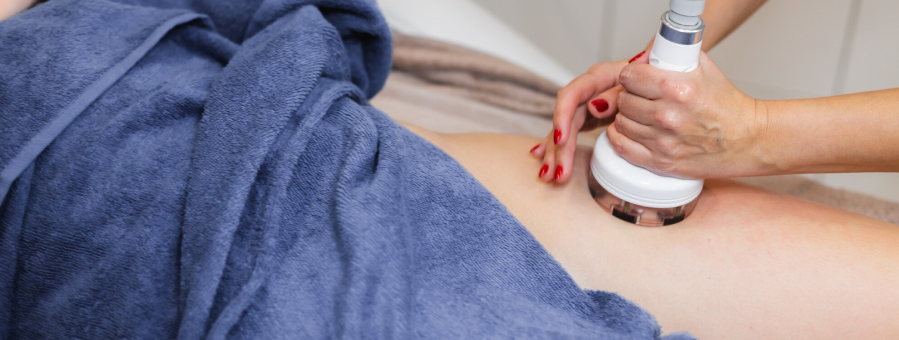Home / Face & Beauty / Cavitation

Cavitation
Cavitation is a professional aesthetic treatment offered in our NYC clinics. Trusted across Brooklyn and Manhattan, it helps target specific skin or body concerns with visible, non-invasive results.
How Cavitation Works for Your Unique Needs
Cavitation offers targeted results for common concerns with personalized care plans at our New York City locations.


Ideal For:
- Skin Texture
- Aging Signs
- Fat Reduction
- Facial Sculpting
Does Not Treat:
- Severe Acne
- Major Volume Loss
- Deep Surgical Concerns

Hydration
Cavitation supports healthier skin hydration by boosting circulation or product absorption.

Dryness & Dullness
Many clients report brighter and more radiant skin after Cavitation.

Hyperpigmentation
Cavitation may help fade spots or discoloration over multiple sessions.

Acne & Blemishes
While not acne-specific, Cavitation may reduce inflammation and support skin clarity.

Sensitive Skin
Generally safe for most skin types. Our NYC providers offer patch testing when needed.

Tone & Texture
Cavitation enhances texture and smoothness, delivering a rejuvenated appearance.

Hydration
Cavitation supports healthier skin hydration by boosting circulation or product absorption.

Dryness & Dullness
Many clients report brighter and more radiant skin after Cavitation.

Hyperpigmentation
Cavitation may help fade spots or discoloration over multiple sessions.

Acne & Blemishes
While not acne-specific, Cavitation may reduce inflammation and support skin clarity.

Sensitive Skin
Generally safe for most skin types. Our NYC providers offer patch testing when needed.

Tone & Texture
Cavitation enhances texture and smoothness, delivering a rejuvenated appearance.
The Cavitation in action.
An excellent choice for all skin types and tones. You can expect a brighter, refreshed complexion immediately following your facial. Results will continue to improve with a series of treatments.



“I wholeheartedly recommend the Skin Center Hydrafacial™. From the moment you step into the spa to the moment you leave with glowing, revitalized skin, every aspect of this facial is designed to exceed your expectations.”
Frequently Asked Questions
What is Cavitation?
Cavitation is a specialized treatment for improving cosmetic concerns like tone, texture, and volume, performed by trained professionals in NYC.
Is Cavitation safe?
Yes, when administered by licensed specialists in Brooklyn and Manhattan, it’s both safe and effective.
How many sessions are needed?
Typically, clients see results after 3–6 sessions depending on individual goals and conditions.
Does Cavitation require downtime
Most treatments have little to no downtime, allowing you to resume daily activities quickly.
Need Help Choosing?
